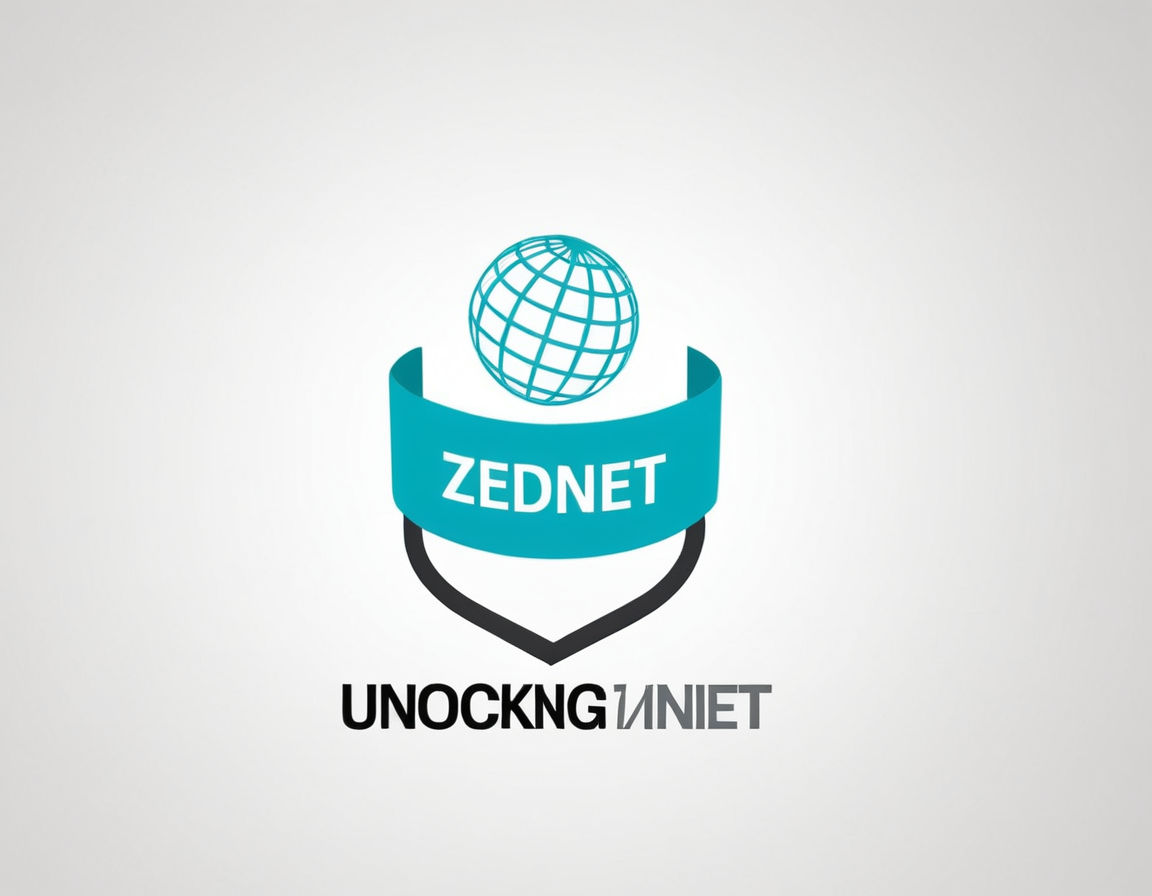: Unlocking ZEDNET: Your Ultimate Guide to Network Mastery

Introduction:
Welcome to the ultimate guide for network mastery – “Unlocking ZEDNET”. In this comprehensive blog post, we’ll delve into the intricacies of networking and help you understand how to manage your networks efficiently. Whether you are a beginner or an experienced network administrator, our detailed discussion will provide valuable insights and best practices that can enhance your overall knowledge of networking concepts.
I. Understanding Networks Learn more about Unlocking
A) Definition: A network is essentially the interconnection of devices (computers, printers, routers, etc.) using communication channels designed to share resources or exchange data. These networks can be categorized into two main types – Local Area Networks (LAN) and Wide Area Networks (WAN).
B) Importance: Networking has become a fundamental aspect of our daily lives, enabling seamless connectivity and access to information at the click of a button. From businesses leveraging networks for efficient communication and collaboration to individuals staying connected with friends and family via social media platforms – networking plays an integral role in today’s digital landscape.
C) Basic Components: Networking comprises several key components including network interface cards (NIC), routers, switches, modems, cables, and wireless access points. Understanding these elements is essential for effective management of networks.
D) Topologies & Protocols: Various topologies such as Bus, Star, Mesh, Tree, and Ring configurations are used to design a network. Additionally, protocols like TCP/IP (Transmission Control Protocol/Internet Protocol), ICMP (Internet Control Message Protocol), DNS (Domain Name System), among others govern data transmission over the network.
II. Securing Your Network
Learn more about ZEDNET
A) Firewalls: A firewall acts as a barrier between your network and potential threats, controlling incoming and outgoing traffic based on predetermined security rules. Choosing an appropriate firewall solution for your network depends on factors such as budget, size, and specific requirements.
B) Encryption & Access Controls: Implementing strong encryption protocols like WPA2 (Wi-Fi Protected Access II) for wireless networks and securing access controls with usernames and passwords are essential steps in safeguarding your network from unauthorized access or malicious attacks.
C) Regular Updates & Backups: Keeping software, firmware, and operating systems up to date helps maintain optimal network security while regularly backing up critical data ensures business continuity in case of data loss incidents.
D) Monitoring & Response Plan: Continuously monitoring your network for potential vulnerabilities and having a well-defined response plan in place can help mitigate the impact of any breaches or attacks on your system.
E) Network Segmentation: Separating critical resources into different segments within the network reduces the risk of widespread damage due to cyberattacks, as they are isolated from other sections.
III. Optimizing Network Performance
A) Bandwidth Management & Traffic Shaping: Proper management of bandwidth usage and implementing traffic shaping techniques ensure optimal performance even during periods of high network utilization. Prioritizing essential tasks like VoIP calls or video conferencing over non-critical activities can significantly enhance overall productivity.
B) Network Redundancy & Failover Mechanisms: Implementing redundant connections, load balancing, and failover mechanisms ensure minimal disruption to the network during hardware failure or maintenance periods. This enhances network reliability and availability.
Learn more about Your
C) Quality of Service (QoS): QoS helps prioritize data transmission based on its importance or type, ensuring timely delivery for critical tasks like video conferencing or online gaming without compromising other essential activities on the network.
D) Regular Network Assessments: Periodic assessments of your network infrastructure can identify bottlenecks, inefficiencies, and potential security threats. Implementing corrective actions based on these insights will optimize network performance and efficiency.
E) Virtualization & Cloud Integration: Leveraging virtualization technologies for servers or storage devices can improve resource utilization while integrating cloud services enhances scalability and disaster recovery capabilities within the network infrastructure.
Conclusion:
Network management is a continuous process that requires ongoing attention, monitoring, and optimization to maintain optimal performance and security. By following best practices outlined in this guide, you’ll be well-equipped to manage your networks effectively. Remember, as technology advances, it’s crucial to stay informed about new developments and adapt accordingly

